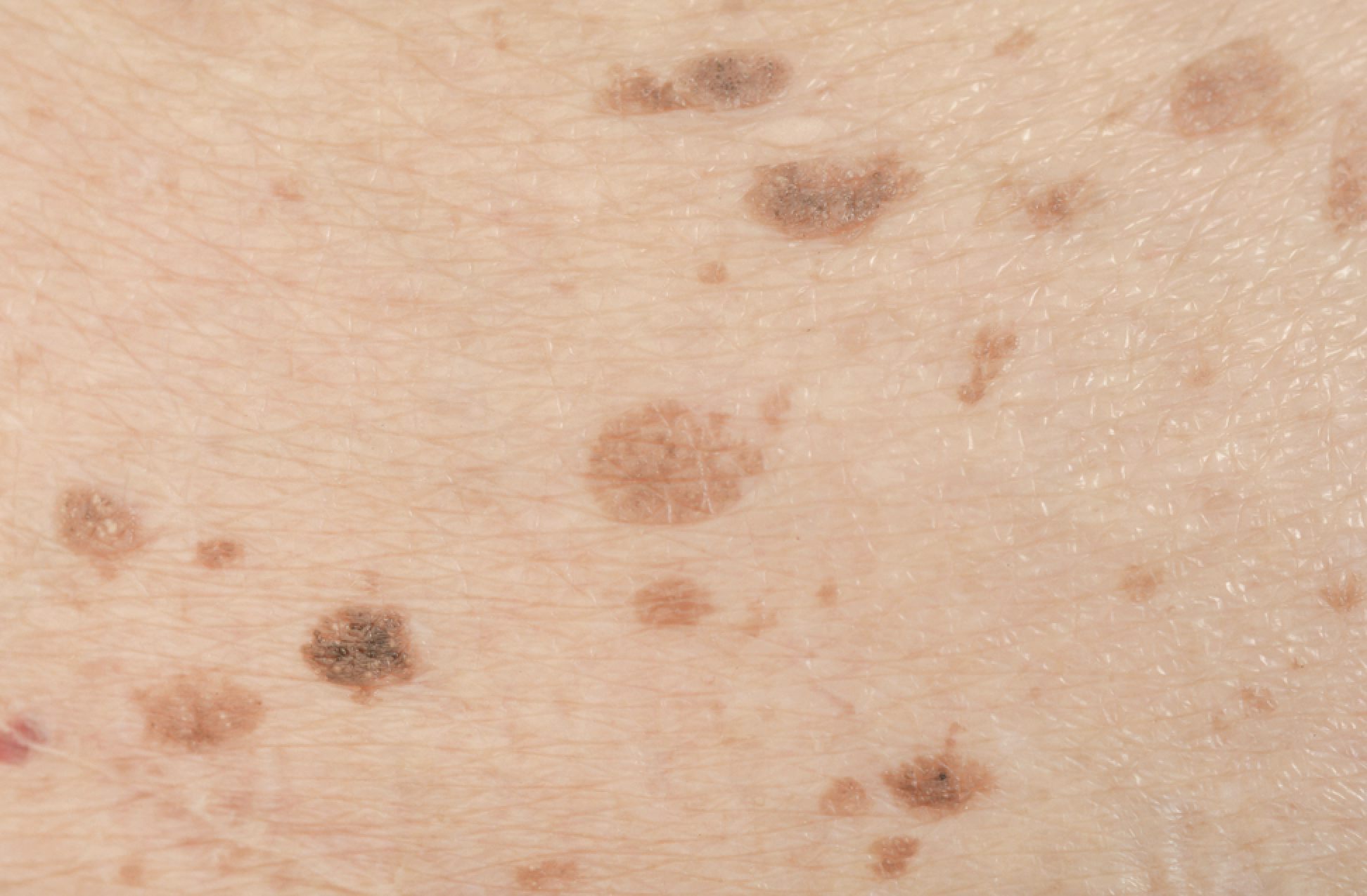WHAT TREATMENTS ARE AVAILABLE FOR SOLAR LENTIGO?
London Dermatology | 11 December 2024
A harmless dark spot on the skin is called solar lentigo. It is brought on by exposure to ultraviolet (UV) light, which stimulates melanocytes to proliferate locally and accumulate melanin within keratinocytes, the cells that make up the skin. Lentigines, also known as solar lentigos, are quite frequent, particularly in those over 40. They are also occasionally referred to as “senile freckles” or “old age spots.”
A flat, well-defined region is called a solar lentigo. Its shape can be uneven, circular, or oval. Their sizes range from a few millimetres to several centimetres in diameter, and their colours range from skin-colored, tan to dark brown or black. They may have a slight scaly texture. Groups of related lesions on sun-exposed areas, especially the face or back of the hands, are known as solar lentigines. Although they can be found in people with light or dark skin, they are more common in those with fair skin.
Based on its clinical manifestation, solar lentigo is frequently identified. The phrase “atypical solar lentigo” may be used because it can occasionally be challenging to distinguish irregular solar lentigo from melanoma, a potentially fatal kind of skin cancer. Dermatoscopy examination can help to clarify the diagnosis. A skin biopsy may be carried out for histological analysis if there is still uncertainty about the diagnosis.
Solar lentigines may develop seborrhoeic keratoses. Within the lentigo, this causes a regional thickening and textural change. Due to the pattern of inflammation observed on histology, solar lentigines that become inflammatory are referred to as lichen-planus-like keratoses or lichenoid keratoses. Lichenoid keratoses go away over time.
Solar lentigo is likely to last forever if treatment is not received. They can be destroyed by cryotherapy and laser surgery, although the treatments may leave a black or white mark that is either temporary or permanent. It has been used to treat hyperpigmentation with cysteamine cream. Hydroquinone and other bleaching chemicals don’t work. Sunscreen use and reducing sun exposure are preventative approaches, but they must begin early in life.

